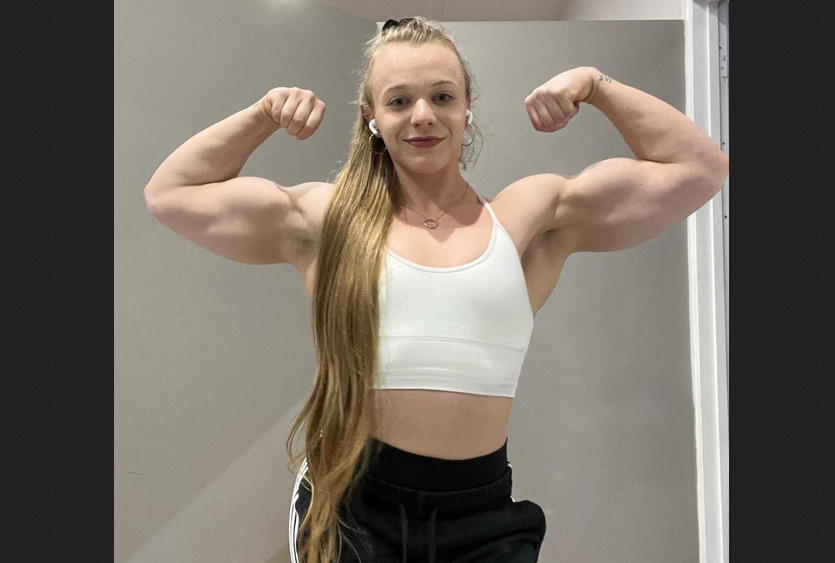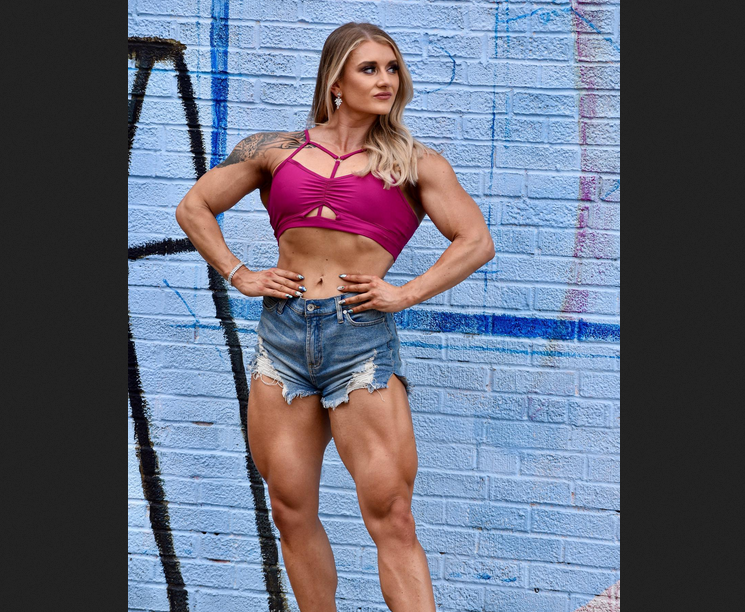I observe that while Type As are often avid exercisers, which is great, they also tend to fall into certain exercise-related traps. One is that they sometimes neglect to have a current goal for their fitness efforts, and without this their exercise eventually loses energy, causing it to become boring and less productive.
So the New Year is an ideal time to set a new and highly energizing fitness goal. If well chosen, it will have you excited to exercise every day and intensely focused during your routine. Your exercise will be fun and produce remarkable results.
I offer three broad categories of types of fitness goals: numerical, process, and conceptual. I will explain each of these in turn.
1. Numerical - A numerical goal is simply one in which you attach a specific number to your target. Examples are: losing 10 pounds in 3 months; increasing your daily walk from 30 minutes to one hour (gradually, in increments); decreasing your bodypart measurements, in inches, to specific targets; or, accomplishing a 50 minute 10K run. The obvious benefit of a numerical goal is that you have something very specific to work toward and you will be able to measure, and hopefully be motivated by, your progress toward your goal.
2. Process - A process goal is one where you change the type or nature of your workout to make it more challenging, usually by increasing the intensity and /or adding variety. Examples include: progressing from a daily walk to a daily jog/run; changing from a treadmill-based workout to using the more challenging stair stepper machine; adding free weights to your machine-based resistance training; or, advancing your tennis activities by joining a league and entering tournaments. Changing the processes you use to exercise is a great way to make your exercise more fun and challenging.
So the New Year is an ideal time to set a new and highly energizing fitness goal. If well chosen, it will have you excited to exercise every day and intensely focused during your routine. Your exercise will be fun and produce remarkable results.
I offer three broad categories of types of fitness goals: numerical, process, and conceptual. I will explain each of these in turn.
1. Numerical - A numerical goal is simply one in which you attach a specific number to your target. Examples are: losing 10 pounds in 3 months; increasing your daily walk from 30 minutes to one hour (gradually, in increments); decreasing your bodypart measurements, in inches, to specific targets; or, accomplishing a 50 minute 10K run. The obvious benefit of a numerical goal is that you have something very specific to work toward and you will be able to measure, and hopefully be motivated by, your progress toward your goal.
2. Process - A process goal is one where you change the type or nature of your workout to make it more challenging, usually by increasing the intensity and /or adding variety. Examples include: progressing from a daily walk to a daily jog/run; changing from a treadmill-based workout to using the more challenging stair stepper machine; adding free weights to your machine-based resistance training; or, advancing your tennis activities by joining a league and entering tournaments. Changing the processes you use to exercise is a great way to make your exercise more fun and challenging.
3. Conceptual - A conceptual goal is where you use words and/or imagery to set a goal and motivate yourself. Visualization, or having a "mental picture" of what you want to achieve, is a very powerful tool and I highly recommend it. I will use some of my recent conceptual bodybuilding goals as examples. One summer I decided to motivate myself by training for big arms: biceps, triceps, and forearms. So my verbal goal was "Top Gun" (bodybuilders jokingly refer to their arms as "guns") and I put a picture on my refrigerator of a guy with arms like the ones I wanted to build. Then, when I went to the gym I had a very specific image in mind of what I wanted to become, which was highly effective. Another recent goal of mine was to be very lean and defined, with great abs, and I jokingly set my verbal goal as "This one's for the ladies!" The picture I chose was one of a guy who was leanly muscular and well proportioned.
Of course, you can combine the different types of goals in formulating your overall fitness goal. You women might decide that it would be great to look more like a fitness model you saw on the internet, and so you post that picture on your refrigerator and decide to add to your current three day per week jogging routine a two day per week resistance workout, with a target bodyweight of 135 lbs. from your current 150 lbs. Your verbal cue might be "It's time to be a hottie again!"
So how do you know if you have set an effective goal? Again, you should be excited to exercise every day, your intensity level while exercising should be high, and the results should be dramatic. I would use the old adage "the proof's in the pudding," but we don't want that as the visual image for our bodies!
Of course, you can combine the different types of goals in formulating your overall fitness goal. You women might decide that it would be great to look more like a fitness model you saw on the internet, and so you post that picture on your refrigerator and decide to add to your current three day per week jogging routine a two day per week resistance workout, with a target bodyweight of 135 lbs. from your current 150 lbs. Your verbal cue might be "It's time to be a hottie again!"
So how do you know if you have set an effective goal? Again, you should be excited to exercise every day, your intensity level while exercising should be high, and the results should be dramatic. I would use the old adage "the proof's in the pudding," but we don't want that as the visual image for our bodies!































No comments:
Post a Comment